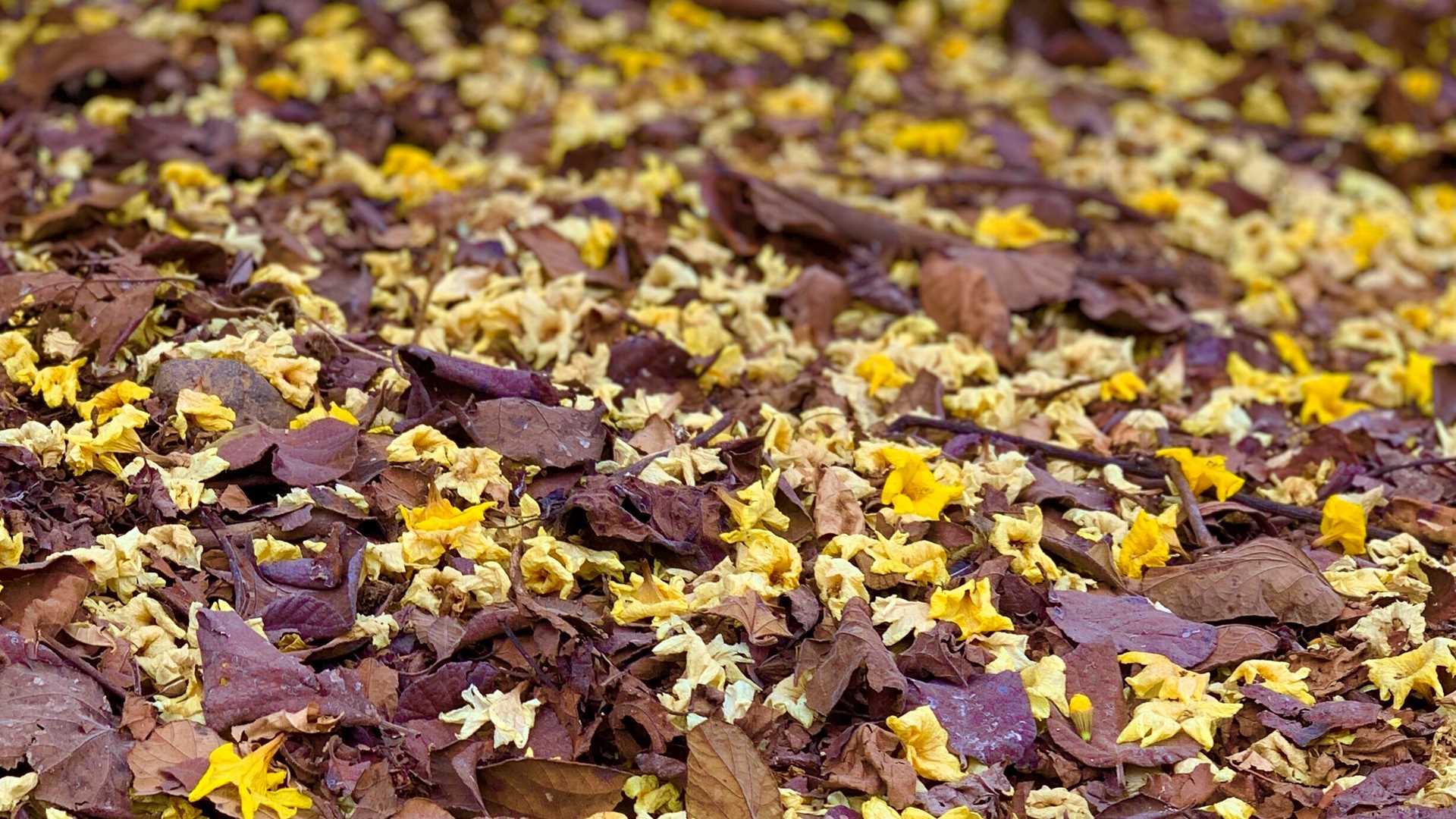We had an incredible morning as we continued our exploration of Isabela Island. In the early 1950s, a couple square miles of tidal zone were violently uplifted up to 12 feet in certain areas, creating Urbina Bay. We encountered an area populated with highly salt-resistant vegetation. Wildlife took hold here in a short period of time, including numerous avian species and giant tortoises.
In the afternoon, our navigation took us to Tagus Cove, a protected cove on the western coast of Isabela. Everyone noticed the graffiti as we headed in, including historic scribblings from 1836. We continued in Charles Darwin’s footsteps from when he landed here in 1835. We took an invigorating hike to a magnificent vantage point to view the surrounding shield volcanos. As the afternoon light dimmed, we encountered flightless cormorants nesting along the coast and Galapagos penguins fishing to obtain sustenance in this world unto itself.







